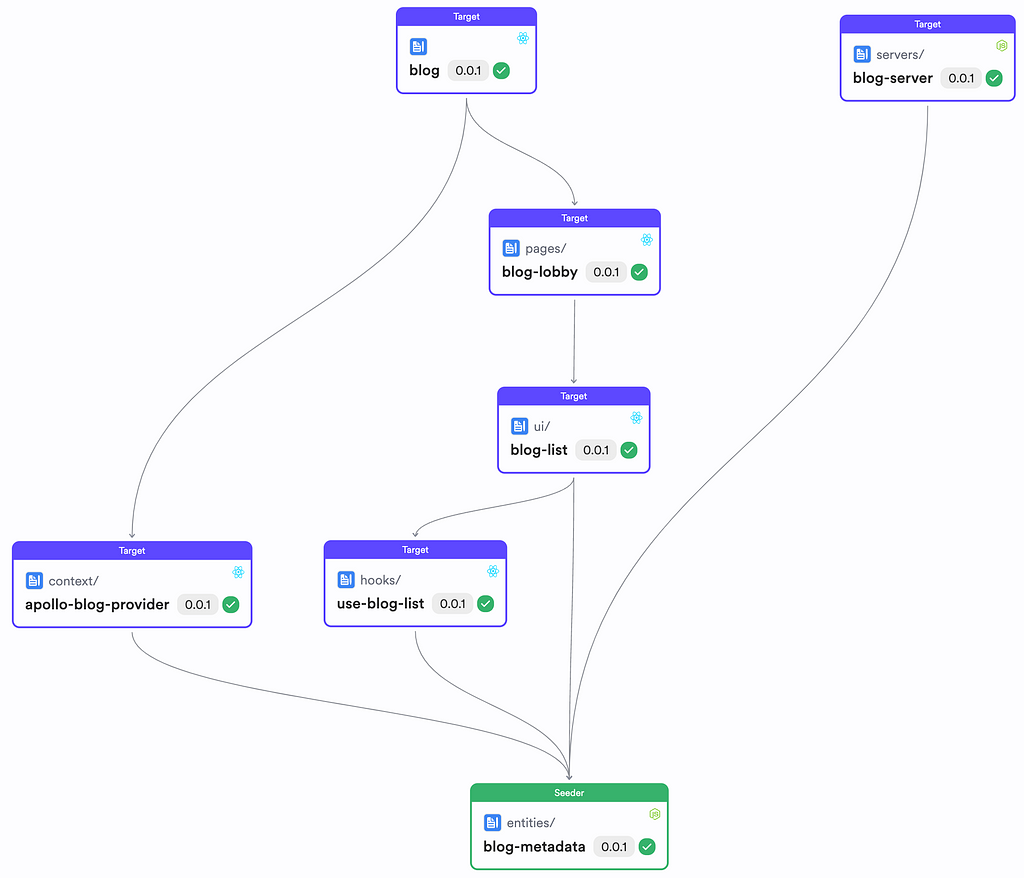This content originally appeared on Bits and Pieces - Medium and was authored by Eden Ella
Why Components Are Essential for AI-Driven Software Development

AI-driven software development is the process of using artificial intelligence to automate various aspects of the software development lifecycle. This can include anything from automating code reviews to generating code to help developers deliver software faster and more efficiently.
The strengths and weaknesses of AI-driven software development are widely recognized. While AI can help developers write better code faster, it can also introduce inconsistencies in development standards and practices, making the code harder to read, maintain, and debug.
When unattended, these inconsistencies can also compromise the quality of the software and even damage the product’s overall user experience. To mitigate these risks, developers use AI only to a limited extent and under the supervision of human developers.
Additional tools and practices, such as fine-tuning LLMs to a specific codebase and utility-based AI agents, are also used to ensure that the AI-generated code is consistent with the rest of the codebase and meets the required quality standards.

Bit Platform has recently introduced a new AI assistant named “Hope AI” to help developers generate new Bit components, edit existing components, test and document components, and even create new ‘change requests’ (the equivalent of pull requests in Bit) to help developers collaborate more effectively and understand the impacts of their change on the rest of the codebase.
Hope AI not only uses your codebase for more accurate suggestions but also knows when to use your existing components.

This reduces the risk of introducing inconsistencies in the codebase and prevents the code from becoming bloated and harder to read, maintain, and debug.
Improving AI-Human Collaboration with Components
A decentralized codebase consisting of small, reusable components with well-defined interfaces, dependencies, and responsibilities is the right platform for effective collaboration. This is true for collaboration between humans and AI as well.

Like human developers, AI agents can understand tasks better and achieve better results when working with smaller, more focused components.
Tasks are easier to formulate and understand when broken down into smaller, more manageable parts. The results are more accurate and reliable when the tasks are executed modular and incremental, using existing components as building blocks (when possible).

Learn More
- 3 Principles for Component-Driven Development
- Building Composable JavaScript Software: Tips and Tricks
- Bit. Composable software platform.
Building Composable Software for Better AI-Human Collaboration was originally published in Bits and Pieces on Medium, where people are continuing the conversation by highlighting and responding to this story.
This content originally appeared on Bits and Pieces - Medium and was authored by Eden Ella
Eden Ella | Sciencx (2024-07-22T14:42:11+00:00) Building Composable Software for Better AI-Human Collaboration. Retrieved from https://www.scien.cx/2024/07/22/building-composable-software-for-better-ai-human-collaboration/
Please log in to upload a file.
There are no updates yet.
Click the Upload button above to add an update.
